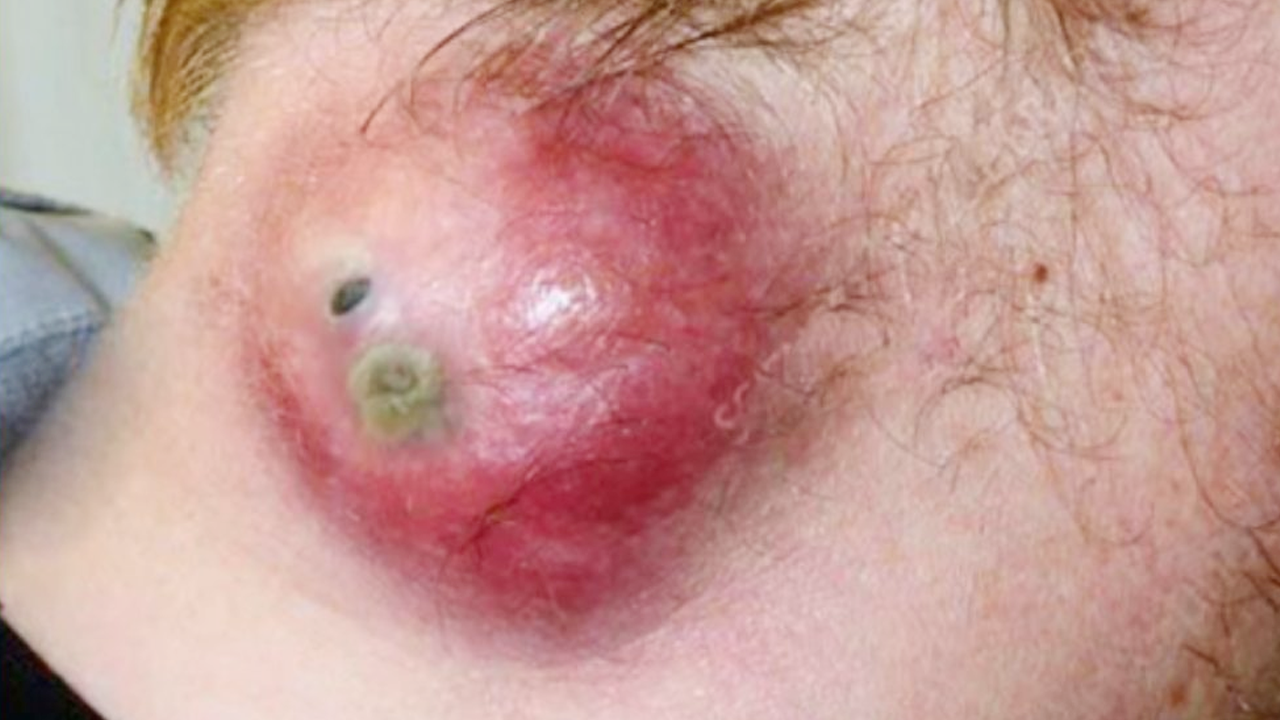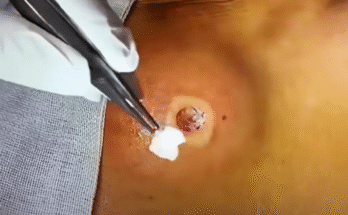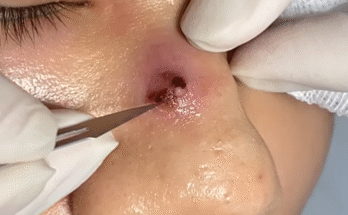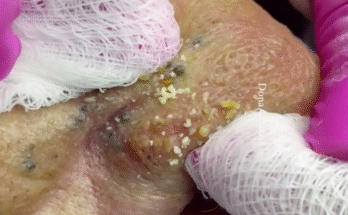Decoding the Mystery of Blackheads: A Comprehensive Guide
What Exactly are Blackheads?
Blackheads, those pesky dark specks that often plague our faces (and sometimes backs!), are a common form of acne vulgaris. Unlike inflamed pimples that are red and painful, blackheads present as open, dark bumps on the skin’s surface. They’re frequently found clustered in the T-zone—the forehead, nose, and chin—but can appear anywhere. But what causes these stubborn blemishes?
The Root of the Problem: Clogged Pores
The culprit behind blackheads is a simple, yet frustrating, one: clogged pores. Excess sebum (oil produced by the skin’s sebaceous glands) combines with dead skin cells to block the hair follicles. This blockage creates a breeding ground for bacteria, contributing to the formation of a blackhead.
The “Black” in Blackhead: It’s Not Dirt!
Contrary to popular belief, the dark color isn’t dirt. The dark hue is a result of oxidation. When the mixture of oil and dead skin cells inside the clogged pore is exposed to air, it oxidizes, turning a dark brown or black. It’s a fascinating bit of science, not a sign of poor hygiene.
Effective Strategies for Blackhead Management
So, how do we conquer these stubborn skin intruders? A multi-pronged approach is often most effective:
Gentle Cleansing: The Foundation of Clear Skin
Regular cleansing is crucial. Use a mild, non-comedogenic cleanser (one that won’t clog pores) twice daily to remove excess oil, dirt, and dead skin cells. Avoid harsh scrubbing, which can irritate the skin and worsen the problem.
Exfoliation: Unclogging the Pores
Exfoliating 2-3 times a week helps to remove dead skin cells and prevent further pore blockages. Look for products containing salicylic acid or alpha hydroxy acids (AHAs), which are known for their exfoliating properties.
Targeted Topical Treatments: Powerful Ingredients for Clear Skin
Topical treatments containing benzoyl peroxide or retinoids can be highly effective. Benzoyl peroxide helps kill acne-causing bacteria, while retinoids promote skin cell turnover and prevent clogged pores. Always follow the product instructions carefully.
Professional Extraction: When Necessary
For persistent blackheads that resist home treatments, consider professional extraction by a dermatologist or esthetician. They have the expertise to remove blackheads safely and effectively, minimizing the risk of scarring.
Understanding Acne and Infection
While blackheads themselves aren’t an infection, they can become infected if bacteria enter the pore. This often leads to more severe acne lesions.
The Bacterial Culprits: P. acnes and S. aureus
The primary bacteria involved in acne are Propionibacterium acnes (P. acnes) and Staphylococcus aureus (S. aureus). P. acnes typically resides in hair follicles and can proliferate in oxygen-deprived, clogged pores. S. aureus can infect acne lesions, especially when the skin’s barrier is broken (e.g., from picking pimples). Infected lesions are often red, swollen, painful, and filled with pus.
The Role of Hygiene (and What it Doesn’t Do)
Good hygiene is essential for overall skin health, but it’s not the sole cause or cure for acne. While poor hygiene can exacerbate the condition by introducing more bacteria and debris, acne is a complex issue influenced by many factors.
Factors Beyond Hygiene: A Holistic View of Acne
Acne development is influenced by a combination of factors, including:
- Hormonal changes: Puberty, menstruation, and pregnancy all impact hormone levels, potentially increasing sebum production.
- Excess oil production: Overactive sebaceous glands produce excessive sebum, contributing to clogged pores.
- Genetics: A family history of acne increases your likelihood of developing it.
- Diet: Some studies suggest a link between certain foods (high-glycemic foods, dairy) and acne severity, although more research is needed.
- Comedogenic substances: Certain ingredients in cosmetics and skincare products can clog pores.
Practical Hygiene Tips for Healthy Skin
- Wash your face gently twice daily with a mild cleanser.
- Avoid harsh scrubbing.
- Don’t pick or squeeze pimples.
- Keep your hands away from your face.
- Change pillowcases frequently.
- Use non-comedogenic makeup and skincare products.
Treatment Options for Infected Acne
If you suspect an infected acne lesion, consult a dermatologist. Treatment options may include:
- Topical treatments: Benzoyl peroxide, salicylic acid, retinoids.
- Oral antibiotics: Doxycycline, tetracycline.
- Isotretinoin (Accutane): For severe cystic acne.
- Corticosteroid injections: To reduce inflammation in painful cysts.
By understanding the science behind blackheads and acne, and by adopting a proactive skincare routine, you can effectively manage these common skin concerns and achieve clearer, healthier skin. Remember, consistency is key!



